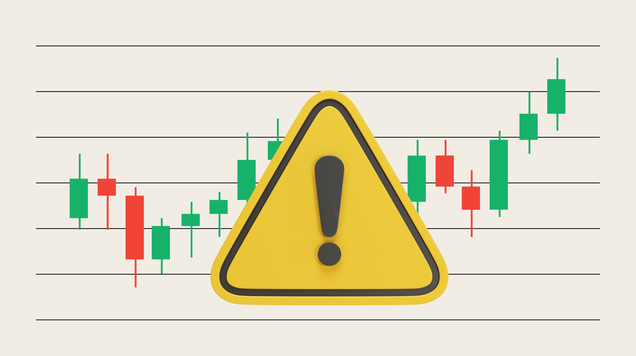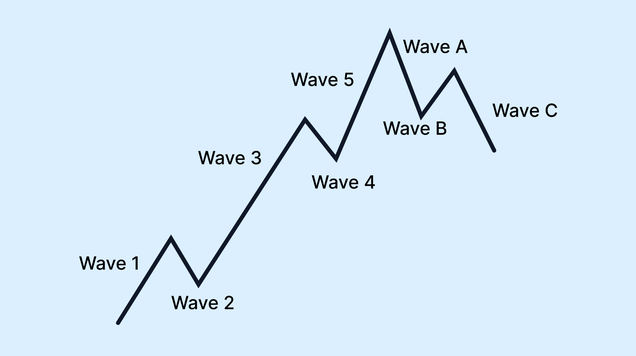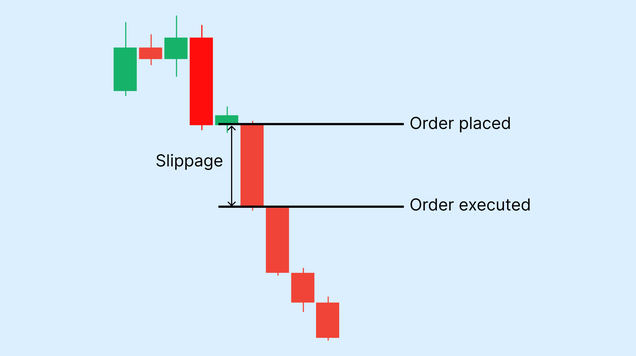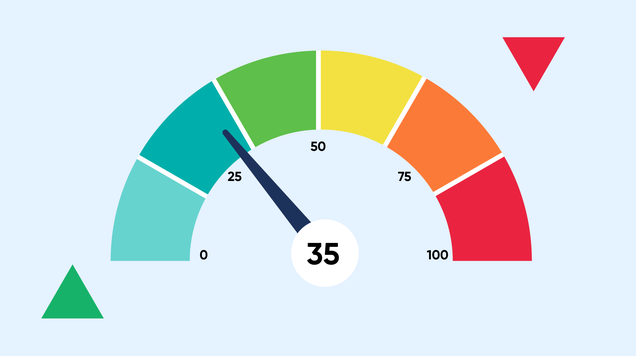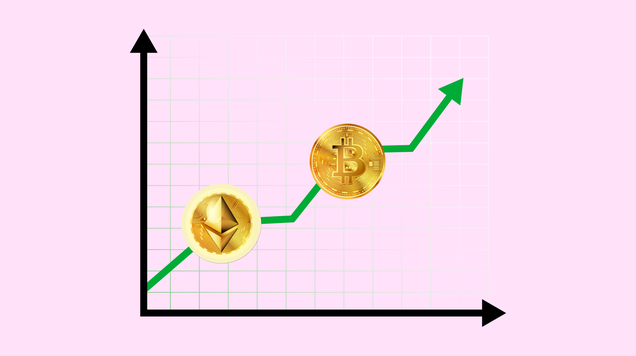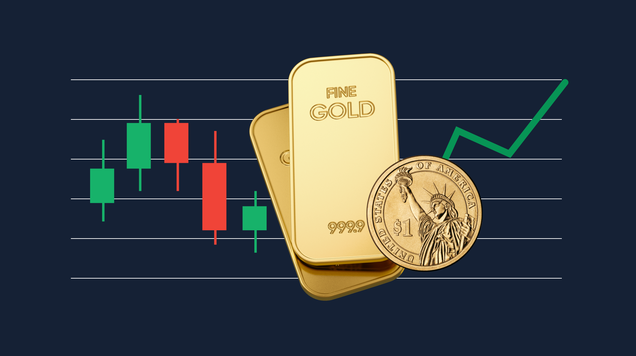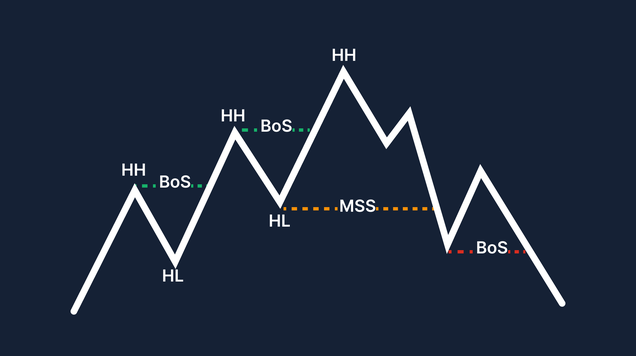Master crude oil trading: strategies, analysis & risk management
Crude oil trading offers opportunities and risks, driven by supply-demand dynamics, geopolitical factors, and key benchmarks like WTI and Brent, requiring a blend of technical and fundamental analysis, along with effective risk management strategies.
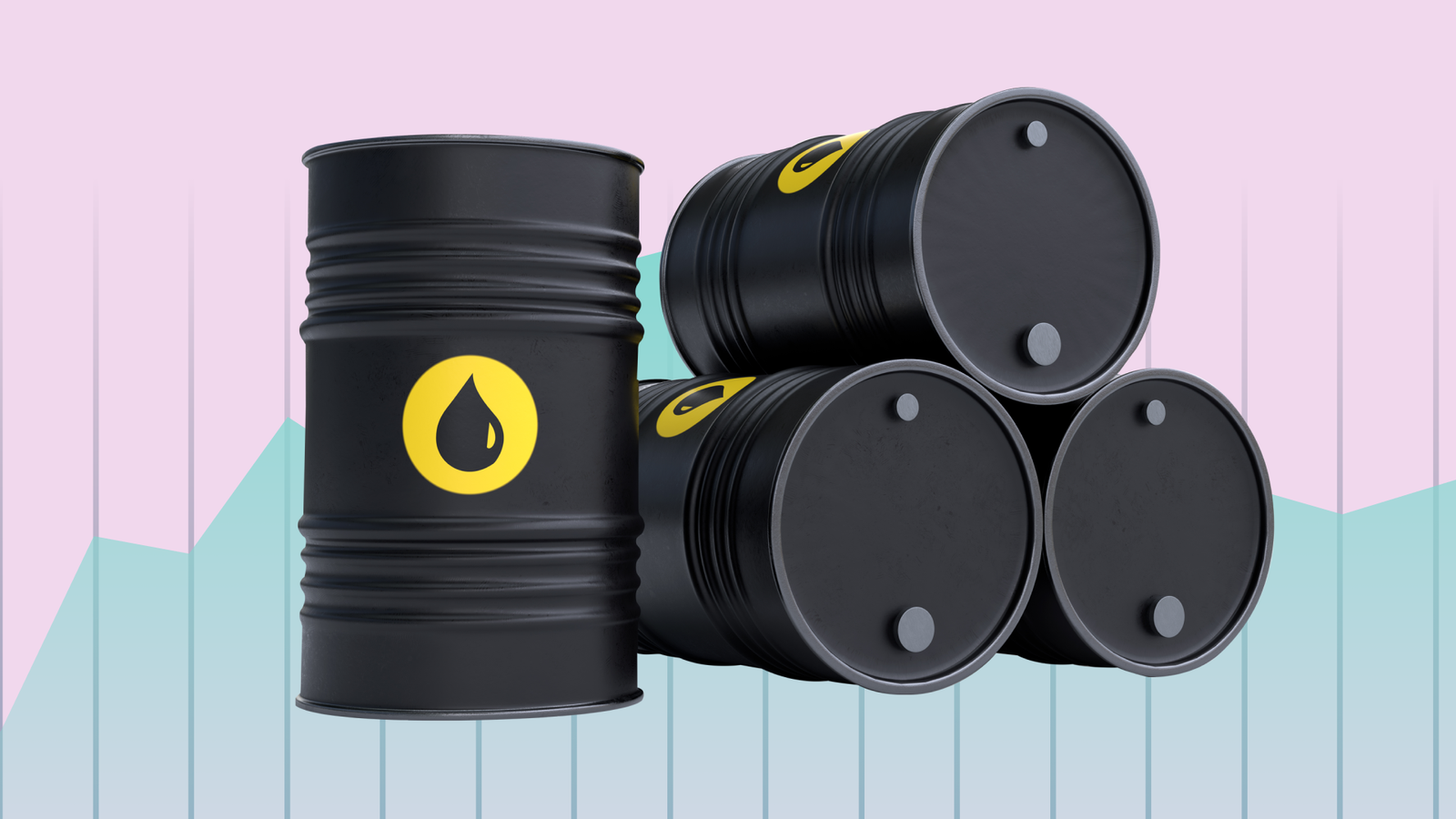
Crude oil is highly traded, influenced by supply-demand, geopolitical events, and macroeconomic trends.
Online trading options include futures contracts, CFDs, and ETFs.
Major events like OPEC+ decisions and geopolitical tensions drive price movements.
Crude oil remains one of the most actively traded commodities, offering both risks and opportunities for investors. Its volatility, liquidity, and economic significance make it a prime asset for traders worldwide. Understanding how to trade crude oil online and mastering the best crude oil trading strategy can help navigate the sharp price swings that define this market. This guide breaks down market fundamentals, trading strategies, and key indicators to optimize your approach.
The Crude Oil market: What drives prices?
The crude oil market is shaped by supply-demand dynamics, geopolitical developments, and macroeconomic trends. Traders keep a close eye on OPEC+ decisions, U.S. inventory reports, and shifts in global energy policy, all of which can spark significant price moves.
Key Crude Oil benchmarks
- West Texas Intermediate (WTI): The U.S. benchmark, traded on the NYMEX, known for its lower sulfur content and high-quality refining potential.
- Brent Crude: The global benchmark, traded on the Intercontinental Exchange (ICE), setting the tone for international oil prices.
Both benchmarks serve as the foundation for trading crude oil futures, with their price differentials often influencing market sentiment.
How to trade Crude Oil online
Trading crude oil online provides flexibility through various financial instruments. Futures contracts, widely traded on major exchanges, represent 1,000 barrels each and offer direct exposure to oil price movements. With millions of contracts changing hands daily, they are a preferred choice for speculators and hedgers due to their liquidity and around-the-clock trading. For those looking for a more accessible alternative, contracts for difference (CFDs) allow traders to speculate on price changes without owning the asset, offering smaller contract sizes and lower capital requirements. Exchange-traded funds (ETFs) provide another option, tracking crude oil prices and offering an indirect way to invest in the market, though they are subject to risks like contango and backwardation. Additionally, investing in oil company stocks can serve as a longer-term strategy, as share prices often move in correlation with crude oil trends, giving investors exposure without directly trading the commodity itself.
Trading Crude Oil futures: A high-impact market
Crude oil futures are the preferred vehicle for professional traders and institutional investors. These standardized contracts allow market participants to hedge against price swings or speculate on future movements.
Key steps in futures trading
Understanding contract specifications is critical in crude oil futures trading, where expiration dates, margin requirements, and lot sizes dictate market positioning. Price movements are heavily influenced by major catalysts—OPEC+ decisions, U.S. Energy Information Administration (EIA) reports, and global demand forecasts—all of which can trigger volatility. Traders often rely on technical indicators such as moving averages, MACD, and Bollinger Bands to detect momentum shifts and trend formations. But navigating oil’s notorious price swings demands disciplined risk management, making stop-loss strategies and position-sizing non-negotiable for those looking to stay ahead in this fast-moving market.
Best strategy for Crude Oil trading
- A detailed strategy, blending technical and fundamental analysis, is recommended:
- Identify the Trend: Use 50-day and 200-day moving averages; if 50-day is above 200-day, it’s an uptrend, suggesting buys.
- Confirm with Momentum Indicators: Use RSI; buy if below 30, sell if above 70, ensuring alignment with trend.
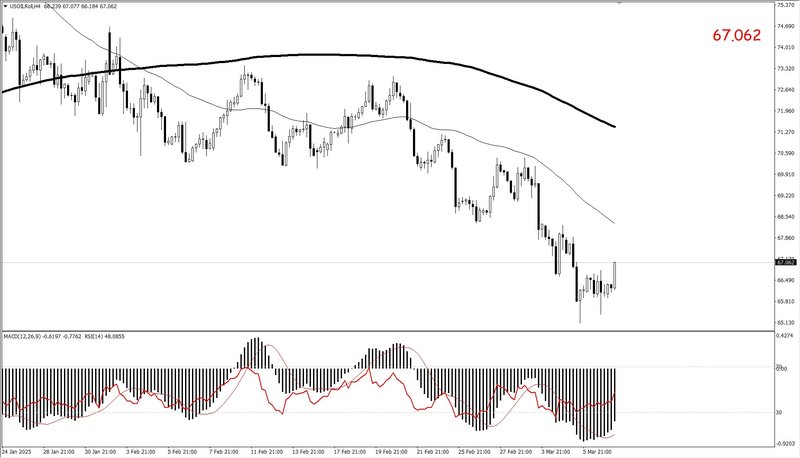
- Monitor Fundamental News: Track EIA weekly inventory reports (EIA), OPEC meetings, and geopolitical events like sanctions, adjusting positions for volatility.
- Risk Management: Use stop-loss orders to limit losses, set at 1-2% of capital per trade. Practice position sizing, ensuring no single trade exceeds risk tolerance. Diversify across assets, including other commodities or currencies, to mitigate market-specific risks.
Best Indicator for Crude Oil trading
Indicators are crucial for informed decisions:
Technical Indicators:
- Moving Averages: Identify trends, e.g., 50-day/200-day for long-term direction.
- Relative Strength Index (RSI): Detect overbought (>70) or oversold (<30), useful for mean reversion.
- Stochastic Oscillator: Identify momentum shifts, effective in range-bound markets.
- Bollinger Bands: Determine volatility, signaling potential reversals when prices hit bands.
- MACD: Spot trend changes, using 12-day/26-day EMAs and 9-day signal line, popular for day trading.
Fundamental Indicators: Include supply/demand data from EIA reports (EIA), API reports, OPEC production news, geopolitical events like Russia-Ukraine tensions, and economic reports like GDP growth, all impacting prices.
Managing risk in Crude Oil trading
Crude oil’s notorious price swings make risk management non-negotiable for traders. Setting stop-loss and take-profit levels helps protect capital from excessive downside moves, while position sizing ensures exposure remains in line with market volatility. Diversification—whether through different asset classes or trading instruments—reduces the impact of unpredictable shifts in oil prices. Staying ahead of macroeconomic events, from OPEC+ decisions to supply disruptions, is equally critical, as sudden geopolitical or economic developments can trigger sharp, unexpected price moves.
